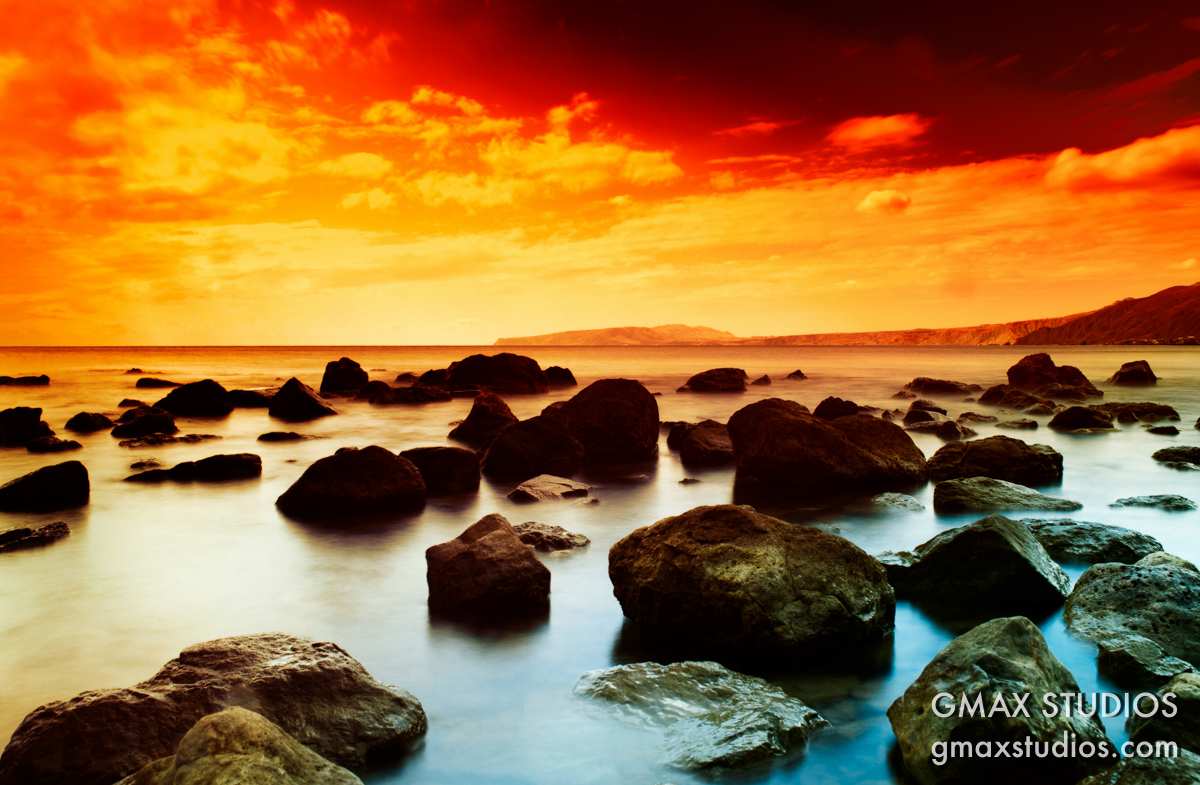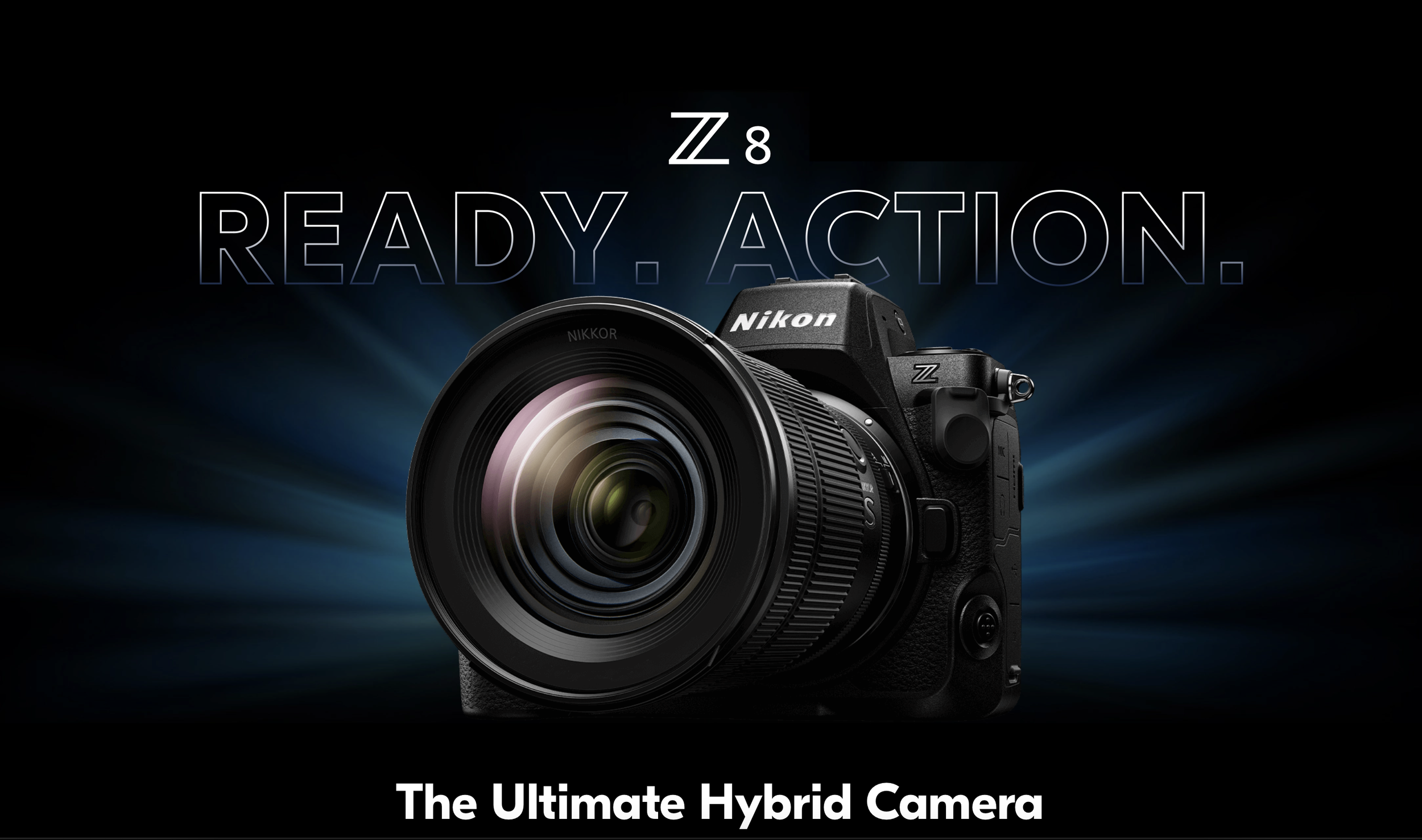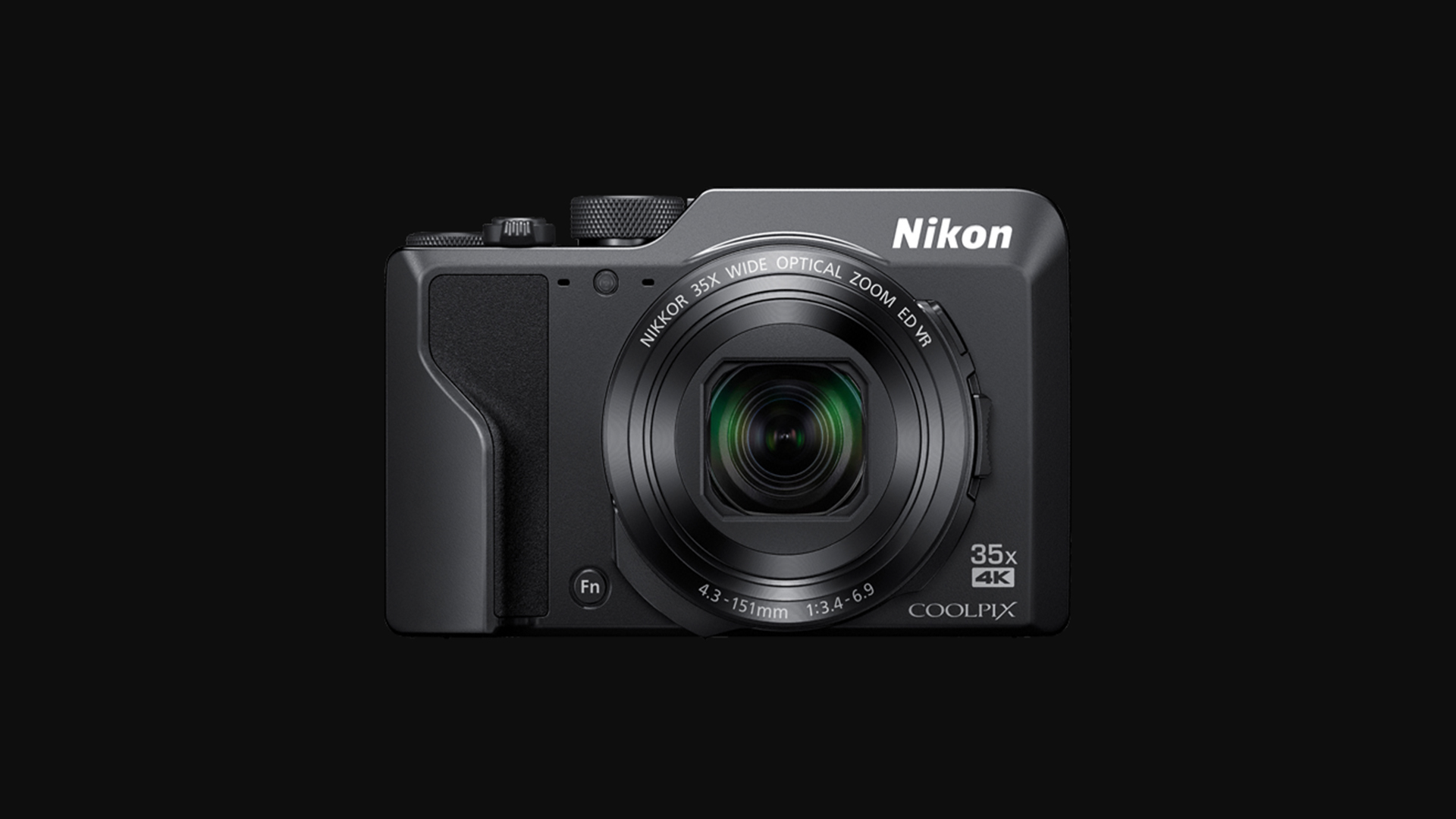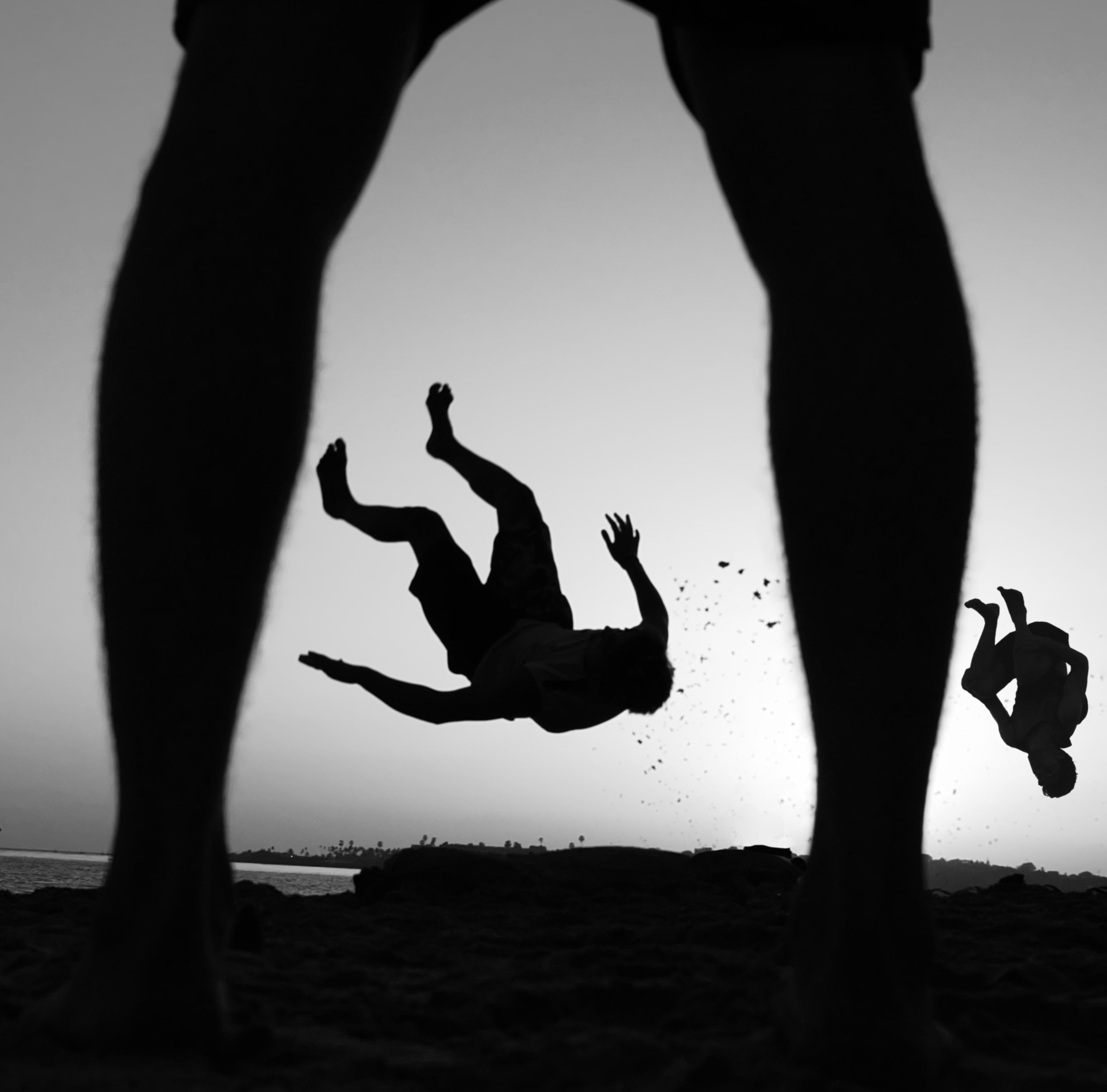Understanding shutter speed in photography
The shutter speed, is essentially the time or the amount of time that the shutter remains open to allow light in. It is usually expressed in fractions like 1/60, 1/120, 1/250 etc which basically means that the shutter remains open for the 60th of the second, 128 of the second or 250 of a second.
The longer the shutter remains open, the more the light enters the camera and hits the film or the sensor and the shorter the duration of the shutter the lesser the light which enters the camera. It is almost like turning a tap on or off. The longer the tap remains open the more the water in the bucket.
An important point to note in this, is that, as fractions go 1/120 is actually a longer period of time than 1/250. If you are as hopeless with fractions as I am, just remember–the higher the number, the faster the shutter speed. By this logic, 1/1000 is faster than 1/500 which is faster than 1/250 and so on.
shutter speed
Also, what needs to be remembered is that once the shutter speed goes below one second, you will begin to see a quotation mark in front of the number which actually means “second". So the shutter speed of one second will be expressed as 1" and a speed of two seconds will be expressed as 2".
A " next to the shutter speed denotes that that speed is in seconds instead of a fraction. 2"
means that the shutter speed is 2 seconds and not 1/2 second.
Using slow or fast shutter speed
If we assume that the aperture is constant, when you slow down the shutter speed, you are letting in more light because your shutter stays open for a longer time. The opposite happens when you increase your shutter speed. Both, a slower shutter speed and a faster shutter speed have different uses and can be used creatively to capture different kins of photographs.
Using slow shutter speed
As said earlier, slowing down the shutter for a longer period lets in more light but there is another thing that happens.
Slow shutter speed also gives time for the object you are shooting - the time to move, thereby inducing a "movement blur" in the photograph.
While nobody wants blurry photographs, if you can control the blur it gives a lot of opportunity to explore your surroundings creatively.
A classic example of this is the photograph below. The camera is on a tripod and a long shutter speed has been used.
slow shutter speed in photography
The camera has been put on a tripod to ensure that there is no camera shake. Hand holding the camera when the shutter speed is slow might cause your hand to shake and the whole photograph will turn out to be blurry.
Since the rocks are stationary, they appear sharp.
Since the water is moving, the slower shutter speed causes a blur in the water - giving it a milky feel.
During the day, you might not be able to slow down the shutter speed enough to achieve this effect and you might need a Neutral Density filter to slow down the shutter speed.
Here is another example of using a slow shutter speed.
Slow shutter speed in photography causes objects to blur
Using a fast shutter speed
Using fast shutter speed allows you you to freeze motion. Usually, you don't need a tripod to shoot at very fast speeds because there is very little possibility of your hand shaking. All those sports photographers you see on the sidelines? They are mostly shooting at very high shutter speeds to freeze the action - and their tripods are usually there to support the heavy "mother of all zoom lenses" that they are using.
Fast shutter speed
The photograph above is a complete contrast to the photograph of the waterfall that we saw earlier. Here, due to the fast shutter speed, the water appears to be frozen in time. We can almost see each droplet with clarity.
Here is another example.
Using fast shutter speed in photography
The graphic below sums up how this all works.
shutter speed photography definition
Also watch the video below to understand this better.
Also read:
How aperture affects the look of your photographs and depth of field
Please share this article with your friends on Twitter, Facebook and Google Plus if you found it useful and leave us a comment if you have any questions.


















